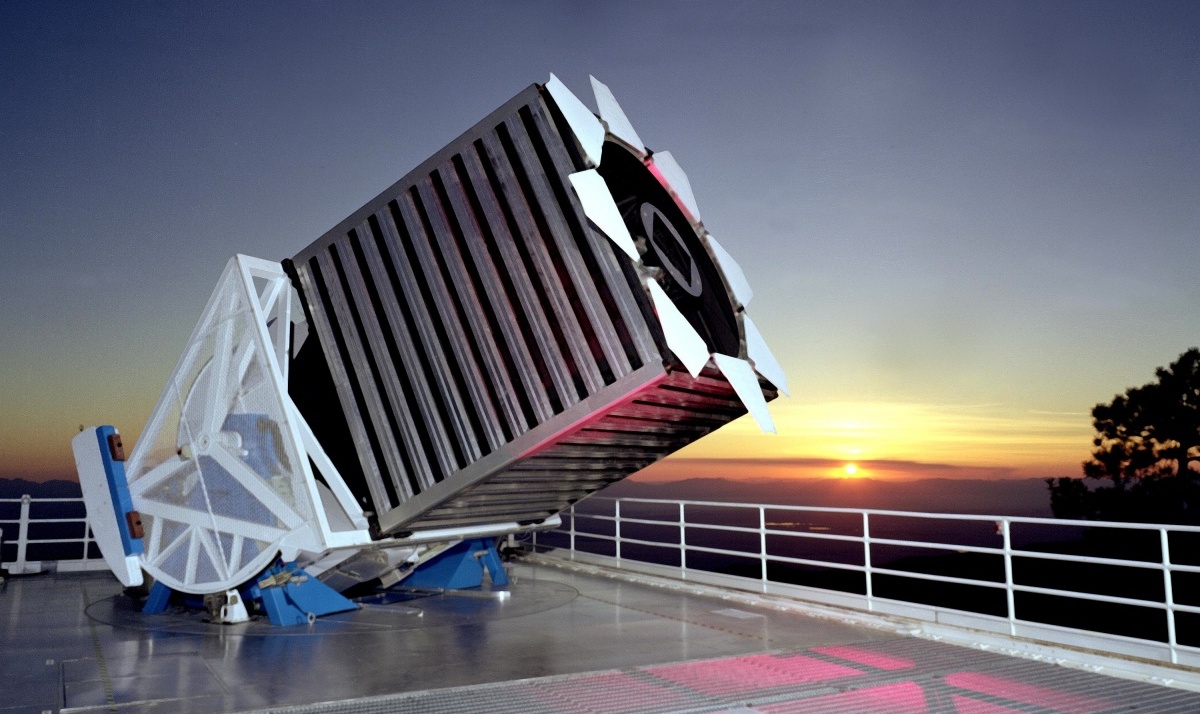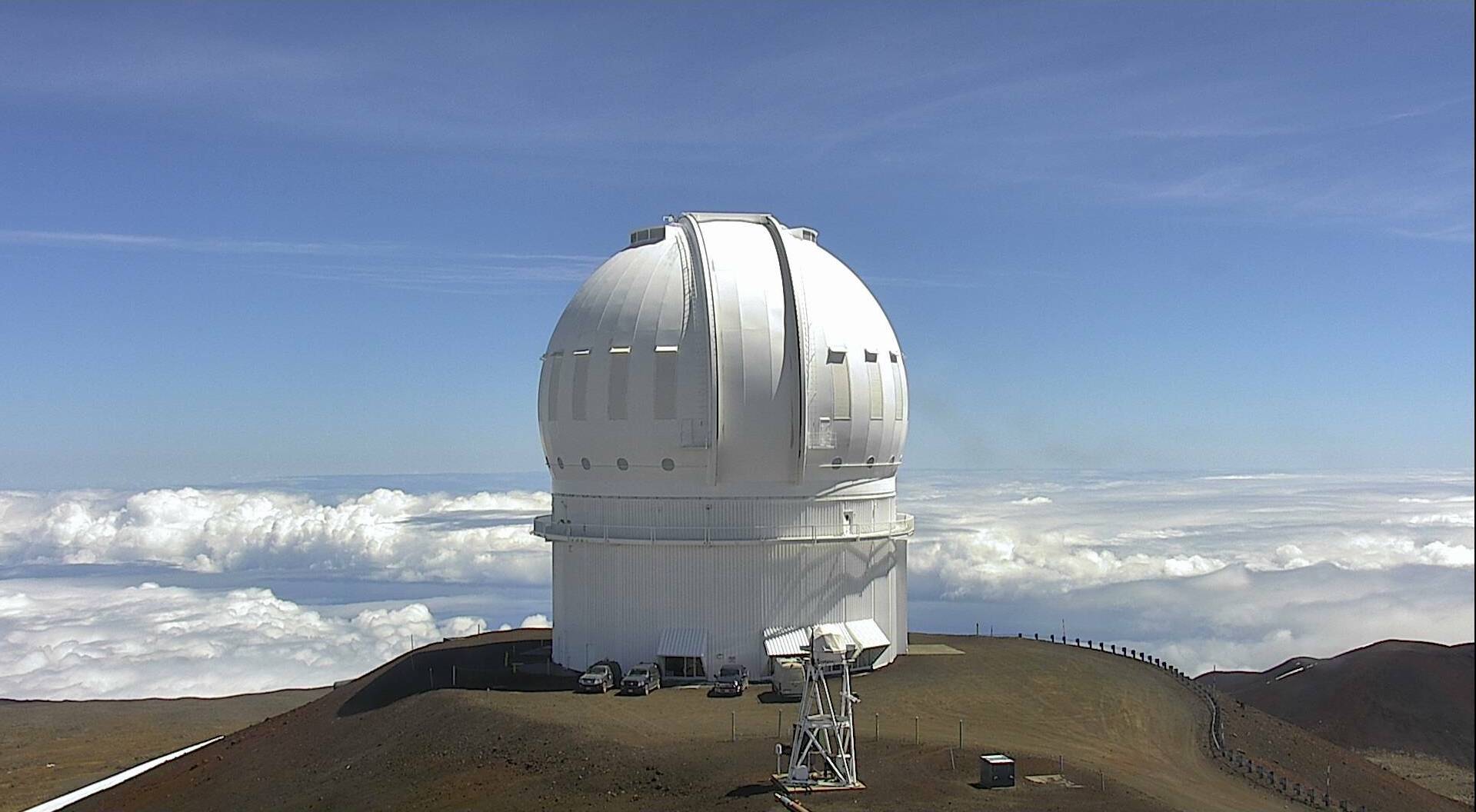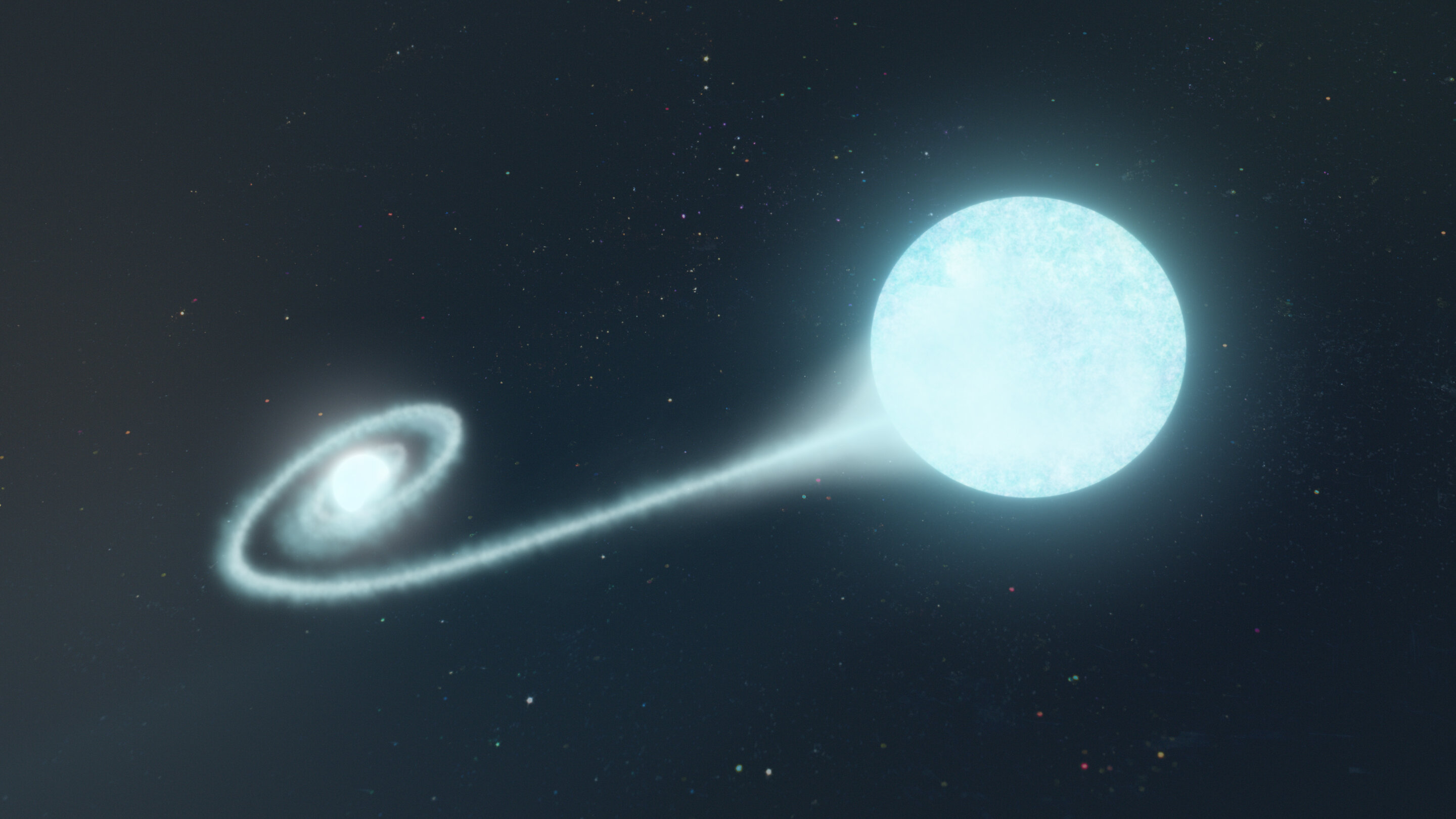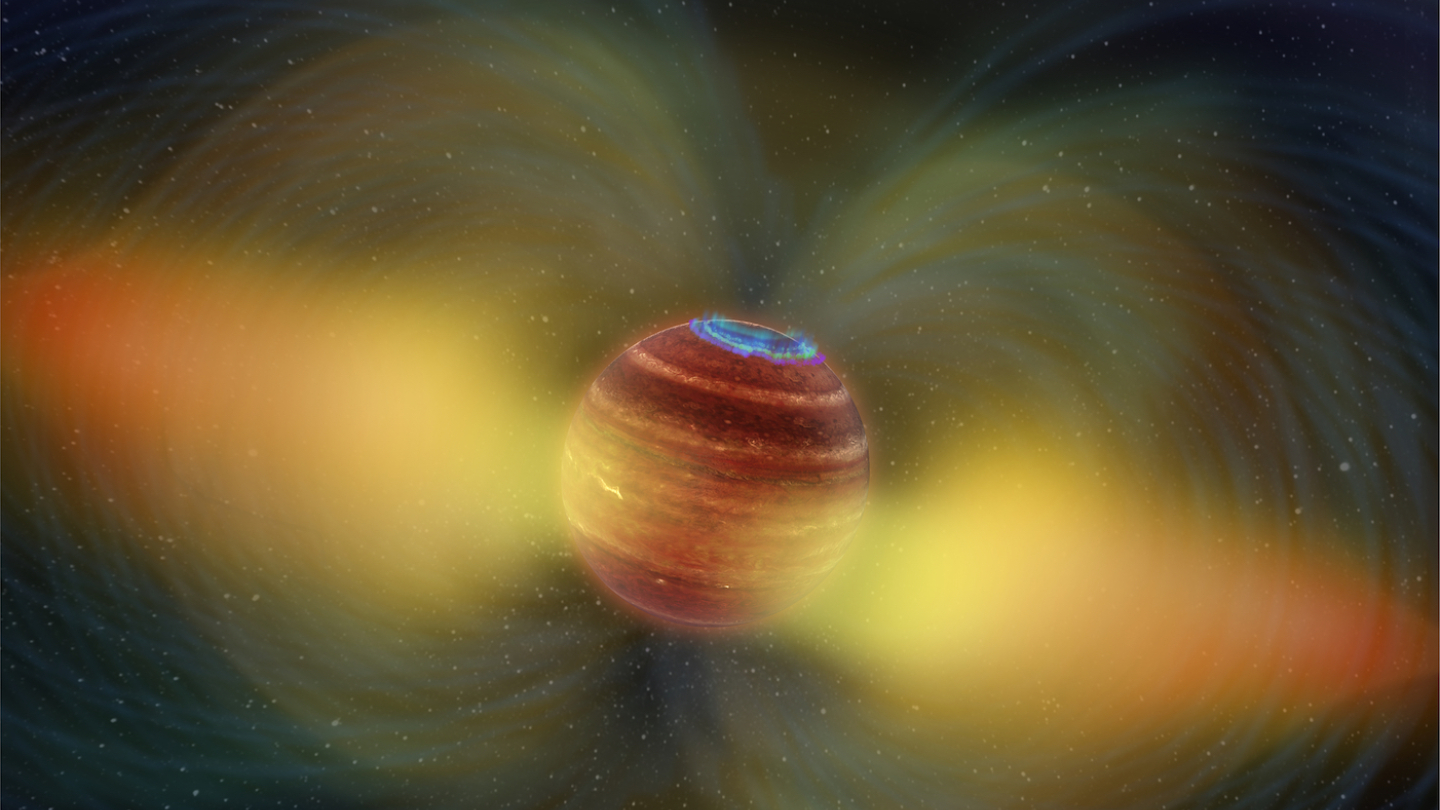One thing is for sure, as one of the oldest disciplines, Astronomy has a rich history, and it appears on the list of one of the first natural sciences that early civilizations started exploring. The first documented records of systematic astronomical observations date back to 1000 BCE, to the Assryo-Babylonias. We’ll look at some of the historical Astronomy highlights here.
The Greeks were innovators in many fields of science, including astronomy. Thales, Anaximander, and Pythagoras, were among the earliest Greek philosophers to study the stars and planets, and their work provided the groundwork for modern astronomy. Many constellations and star names are still taken from Greek mythology, reflecting the long-lasting impact.
More so, the impact of Greek Astronomy on our knowledge of the cosmos. For your information, Hipparchus is the Greek Astronomer who compiled the first star list in the 2nd century BC. As a result, Hipparchus has a prominent name in the list of Astronomers in the ancient world. His inventory contained the locations and magnitudes of nearly 1,000 stars.
Both expert and amateur Astronomers study the cosmos and develop concepts and methods to better comprehend the planets, stars, and galaxies. So, what do Astronomy, Astronomers, And Astronauts mean in general?
Understanding What Astronomy, Astronomers, And Astronauts Mean
For newcomers, the scientific study of all celestial bodies is known as Astronomy. Our use of the phrase is derived from the Greek word meaning “star law.” Part of astronomy, astrophysics takes astronomy a step further by applying the principles of physics to provide light on the universe’s beginnings and the items that make up its contents.
It is impossible to define the whole of Astronomy Science in a single paragraph as this field is as big as the galaxies we still don’t even know of. To get your interest in this fascinating field, one mind-blowing fact about Astronomy is this: Scientists state that the universe is expanding at an accelerating rate, and distant supernovae emit a movement of light.
At times, a distant supernova (explosion of a star) is much faster than expected. So, Astronomy is the study of everything in the universe beyond Earth’s atmosphere. Objects we can see with our naked eyes, such as the Sun, the Moon, the planets, and the stars. It includes objects we can only see with telescopes or other instruments, like faraway galaxies and tiny particles.
Here is the definition of the terms:
- Astronomy is one of the oldest sciences in the world, has a lot to offer, and is one of the diverse disciplines that still require a lot of exploration. The real definition of astronomy revolves around studying the Earth, its atmosphere, and beyond. It also covers the glorious Sun, Moon, planets, stars, and almost everything humans can think of that exists in the universe.
- Astronomers study planets, stars, and other celestial bodies. They use ground-based equipment, such as optical telescopes, and space-based equipment, such as the Hubble Space Telescope: some study distant galaxies and phenomena, such as black holes and neutron stars.
- Astronauts are a designation derived from the Greek words for “star” and “sailor,” commonly applied to an individual who has flown in outer space. More specifically, in the West, Astronaut refers to those who travel into space.
It’s also worth mentioning that Cosmology is the scientific study of the cosmos’ creation, development, and structure. Usually, cosmologists concentrate on the grand picture and try to simulate what the cosmos might have looked like immediately following the Grand Bang.
The Main Astronomy Divisions That You Should Know About
Astronomy can be divided into two primary categories: optical astronomy, which studies celestial objects in the visible spectrum, and non-optical astronomy, which uses equipment to study objects in the radio and gamma-ray spectrum. Consider wavelength categories, such as infrared astronomy, gamma-ray astronomy, radio astronomy, etc.
Eventually, they are all used to group “non-optical” Astronomy. Both terrestrial and space-based optical observatories (like the Hubble Space Telescope) are in use. Some, like HST, also include equipment that can detect other light wavelengths. But there are also facilities, like radio astronomy arrays, focusing on particular wavelength bands.
We can divide Astronomy into 4 sub-fields:
- Astrophysics: Applying the laws of physics in space
- Astrometry: Mapping celestial bodies
- Astrogeology: Examining rocks, terrain, and material in space
- Astrobiology: Searching for life outside Earth
The NASA Astrophysics division finds our place in the universe. Specifically, it studies everything from dark energy, dark matter, black holes, the Big Bang, types of galaxies, stars, and exoplanets. Still, the searchable astronomical database helps you orientate in the sky. It assists in organizing and making searchable all the world’s astronomical information.
All these tools enable astronomers to construct a picture of the cosmos, including every electromagnetic wave, from ultra-low-energy gamma rays to ultra-high-energy radio transmissions. They provide details on the physics, evolution, and occurrence of some of the universe’s most active objects and events, such as supernova explosions, neutron stars, etc.
As well as detecting any black hole presence and gamma-ray bursts. These astronomical disciplines collaborate to impart knowledge regarding the structure of the stars, planets, and galaxies.
The Basic Astronomy Branches To Get Acquainted With
Astronomers examine so many different kinds of objects; thus, it is practical to divide the science of astronomy into different areas of study. The study of planets inside and outside our solar system and celestial bodies like asteroids and comets is the primary focus of planetary astronomy experts. The study of the Sun is called solar astronomy.
Solar physicists are researchers interested in understanding how it changes and how these changes impact the Earth. They continuously study our star using equipment from both the ground and space. The study of stars, including their formation, evolution, and demise, is known as stellar astronomy. These objects are observed by astronomers at all wavelengths.
And they use the data to build physical models of the stars. Galactic astronomy focuses on the elements and activities within the Milky Way Galaxy. The system of stars, nebulae, and dust is extremely intricate. Astronomers research the Milky Way’s mobility and evolution to discover how galaxies are created.
Numerous additional galaxies exist beyond our own, and extragalactic astronomy involves the study of these. Galaxies’ motion, formation, disintegration, merger, and changes over time are all research subjects.
Meet A Few Pioneers In This Revolutionary Science And New Discoveries
Numerous inventors in astronomy have contributed to the growth and expansion of the subject throughout the ages. There are currently more than 11,000 trained astronomers working to understand the cosmos. The historical astronomers who made significant discoveries that advanced and enlarged science are the most well-known.
1. Nicolaus Copernicus
Nicolaus Copernicus was a Polish physician and jurist who lived from 1473 until 1543. He is known as the “father of the current heliocentric model” of the solar system due to his interest in mathematics and research into celestial objects’ motions.
2. Danish nobleman Tycho Brahe
Danish nobleman Tycho Brahe (1546–1601) created and constructed devices to examine the sky. He was able to chart the positions of planets and other astronomical objects with such high accuracy using calculator-style devices, not telescopes. He employed Johannes Kepler, his pupil, and lived from 1571 until 1630. While carrying on Brahe’s research, Kepler also made several original discoveries. His work on the three laws of planetary motion is credited.
3. Galileo Galilei
The first person to observe the sky with a telescope was Galileo Galilei (1564–1642). He has occasionally received mistaken credit for developing the telescope. Probably the Dutch optometrist Hans Lippershey deserves that honor. Galileo studied the heavenly bodies in great detail. He was the first to conclude that the composition of the Moon was probably comparable to that of Earth and that the Sun’s surface changed due to the movements of sunspots. Additionally, he was the first to observe Venus’s phases and four of Jupiter’s moons. The scientific community was ultimately shocked by his studies of the Milky Way, particularly the discovery of innumerable stars.
4. Isaac Newton
One of history’s greatest scientific minds is regarded as being (1642–1727). He not only understood the necessity for a new branch of mathematics (calculus) to explain the law of gravity. For more than 200 years, his discoveries and theories guided science and effectively launched the modern era of astronomy.
5. Albert Einstein
A gravity modification, general relativity, was created by Albert Einstein Newton’s law (1879–1955). However, his equation for the relationship between energy and mass (E=MC2) is equally crucial to Astronomy since it forms the cornerstone of our knowledge of how the Sun and other stars burn hydrogen into helium to produce energy.
6. Edwin Hubble
Edwin Hubble (1889–1953) first recognized the universe as expanding. Hubble answered two of the most pressing concerns facing astronomers at the time. He discovered that spiral nebulae were other galaxies, demonstrating that the Universe is much larger than our galaxy. Hubble then confirmed that finding by demonstrating that the speed at which these other galaxies moved away from us was proportionate to their distance.
7. Stephen Hawking
One of the greatest physicists of the contemporary era (1942–2018). Stephen Hawking has contributed more to the development of his field than almost anyone else. His research greatly advanced our understanding of strange celestial objects like black holes. Hawking also made enormous advancements in our knowledge of the cosmos, perhaps more crucially.
The current Astronomy Trends are focused on exploring new horizons to make life possible beyond Earth. As per Astronomy News, there are some of the major highlights of great importance to every stargazer out there.
1. Sloan Digital Sky Survey (SDSS)

The Sloan Digital Sky Survey (SDSS) is one of our time’s most revolutionary astronomical initiatives. Generally speaking, SDSS has transformed how we study the cosmos since its inception in 2000, giving us an extraordinarily precise picture of the night sky. This map, composed of millions of pictures, spectra, and objects, has assisted astronomers in numerous ways.
Such as answering some of the most fundamental mysteries about our cosmos. The SDSS, which has cataloged over 500 million celestial objects like stars, galaxies, and quasars, has enabled astronomers to explore the distribution of matter in the universe, the history of galaxies, and the characteristics of dark matter and dark energy.
2. Canada-France-Hawaii Telescope (CFHT)

The Canada-France-Hawaii Telescope (CFHT) is a wonderful piece of equipment that has helped us better comprehend the cosmos. The CFHT astronomical telescope, located on the summit of Mauna Kea in Hawaii, has been in operation since 1979 and has made several discoveries. Its primary mirror has a diameter of 3.6 meters.
While, at the same time, allowing it to collect substantial light from distant astronomical objects. As a result, it is an excellent instrument for researching anything from neighboring planets to distant galaxies.
3. Cosmic Background Imager (CBI)

The Cosmic Background Imager (CBI) is a wonderful technology that has allowed us to peer into the very beginnings of the cosmos. The CBI is a network of 13 radio skywatching telescopes in the Chilean Andes that work together to construct a high-resolution picture of cosmic microwave background radiation. This radiation represents the Big Bang’s afterglow.
And it contains vital information about the universe’s genesis and evolution. Scientists may learn about the distribution of matter in the early universe, the birth of galaxies and stars, and the nature of dark matter and dark energy by examining cosmic microwave background radiation.
4. Radio Signal Reveals Supernova Origin — Stockholm Astronomers

In the latest issue of The Nature Journal, Astronomers from Stockholm University reveal the origin of a thermonuclear supernova explosion. Strong emission lines of helium and the first detection of such a supernova in radio waves show that the exploding white dwarf star had a helium-rich companion. Supernovae of Type Ia are important for astronomers.
This is because they are used to measure the expansion of the Universe. However, the origin of these explosions has remained an open question. While it is established that the explosion is that of a compact white dwarf star somehow accreting too much matter from a companion star, the exact process and the nature of the progenitor are unknown.
5. Potentially Volcano-Covered Earth-Size World — TESS

LP 791-18 d orbits a red dwarf star toward our constellation Crater. Astronomers estimate it to be only slightly larger and more massive than Earth. Its density is also similar to Earth’s. The astronomers also calculated the planet’s equilibrium temperature to be 300-400 Kelvin (27-127 C or 80-260 F). The planet resides on the inner edge of the star’s habitable zone.
The researchers discovered the planet using NASA’s Transiting Exoplanet Survey Satellite (TESS) data, the retired Spitzer Space Telescope, and multiple ground-based observatories. However, Unlike Earth, it is tidally locked, meaning it always keeps the same side facing its star. Without the atmosphere, one side of the planet would be perpetually hotter.
But there is a good probability that the planet does have an atmosphere, given all the volcanic activity. If so, the night side may be cool enough for water to condense on the surface.
6. First Radiation Belt Seen Outside Solar System — HSA

In 1958, the first satellites launched by the United States (Explorer 1 and Explorer 3) detected a massive radiation belt around planet Earth. This confirmed something that many scientists suspected before the Space Age began: that energetic particles emanating from the Sun (solar wind) were captured and held around the planet by Earth’s magnetosphere.
This region was named the Van Allen Belt in honor of University of Iowa professor James Van Allen who led the research effort. As robotic missions explored more of the Solar System, scientists discovered similar radiation belts around Jupiter, Saturn, Uranus, and Neptune. While using the global High Sensitivity Array (HSA), the team obtained images of persistent.
In Conclusion:
To summarize, astronomy is a science that never ceases to enchant us with its boundless secrets and potential. Astronomy provides something for everyone, from the intriguing history of ancient civilizations to the most recent scientific achievements. And, with the future looking brighter than ever, who knows what fresh discoveries will be made in the coming years?
To all the stargazers out there, keep your eyes on the sky because the universe of astronomy is just waiting to be discovered! In the future, as some people regard astrology as pseudoscience, many experts find it essential for self-reflection and personal development. There are many interesting changes in astrology on the horizon as we move forward.
For example, advancements in technology and data analysis allow astrological patterns to be analyzed on a far greater scale, which can lead to new avenues of insights and discoveries.




